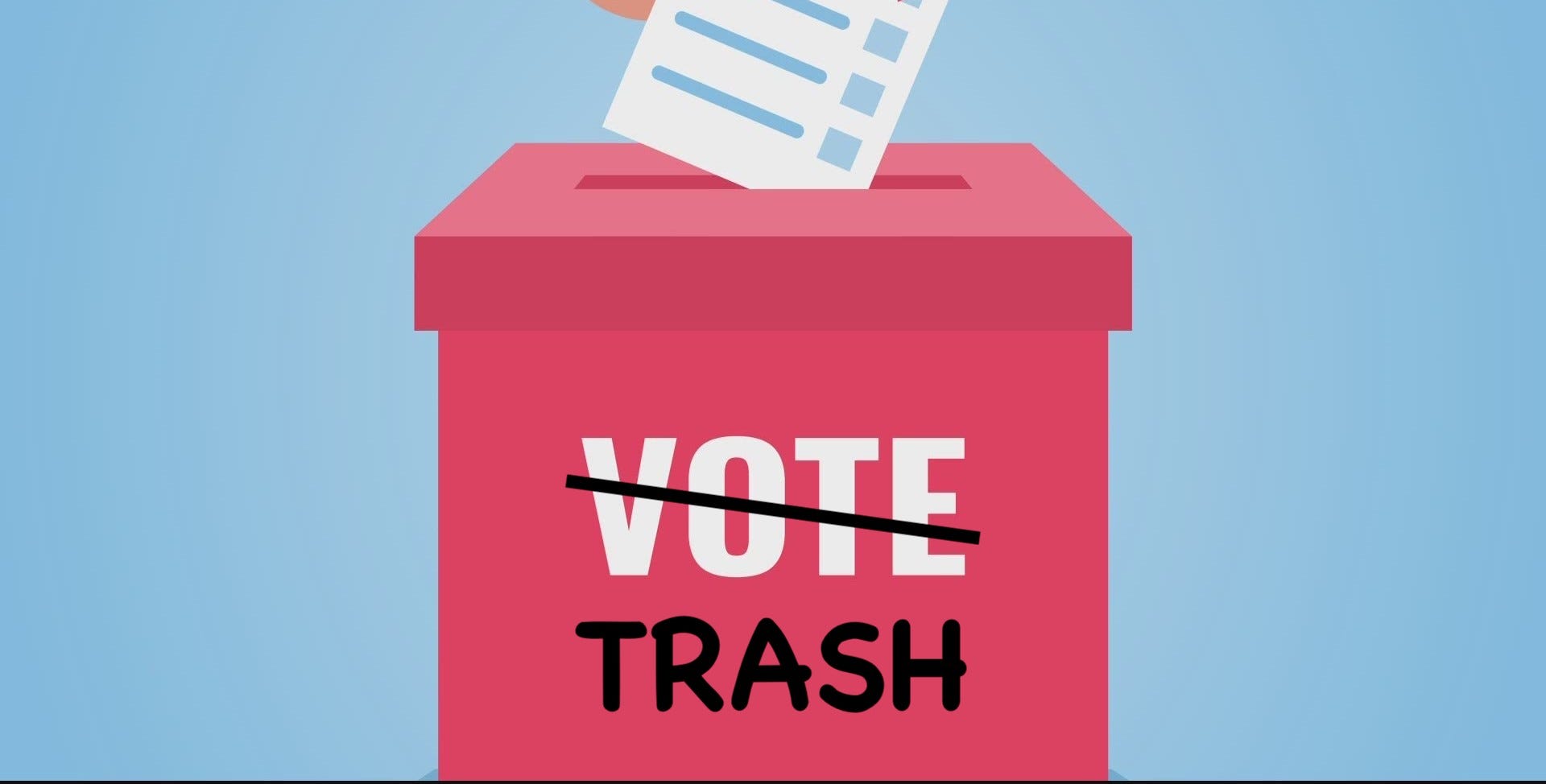
New York City is about to hold an election for mayor using Ranked Choice Voting (RCV) for the first time. Some New Yorkers have been excited about it, but fears of strange quirks in the system have been creeping up, culminating in a recent New York Times article by Nate Cohn going over how a concept known as “ballot exhaustion” may cause some problems. Nate made an important point, but ballot exhaustion isn’t the only way RCV discards votes; however, there is a positive way forward.
To review, let me give you a condensed, simpler version of what Nate’s article explained.
RCV is a voting system that allows voters to rank multiple candidates (in this case up to 5) in a given race on their ballot instead of just marking support for one candidate like normal. Then, the ballots are tabulated through a process called Instant Runoff:
- Add up all of the top-choice rankings.
- If no candidate receives more than half of the top-choice rankings, the candidate with the fewest top-choice rankings is eliminated from the race, and voters who ranked that candidate as their top-choice get their vote reassigned to the next-highest choice on their ballot who is still remaining in the race. We’ll call this their new “top-choice”.
- Repeat until a candidate receives more than half of the top-choice rankings. That candidate is declared the winner
(If you’re familiar with RCV, you’ll notice that my description is a bit different from what you typically hear. That’s because it’s more accurate and you’re about to see why.)
Click here to read full article.
Do you like this page?

